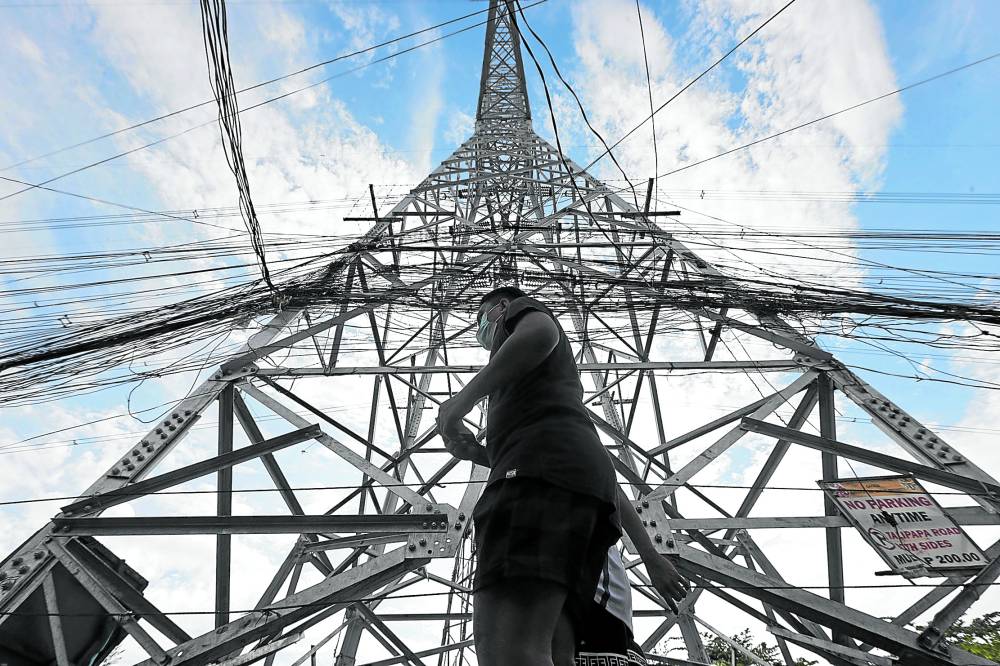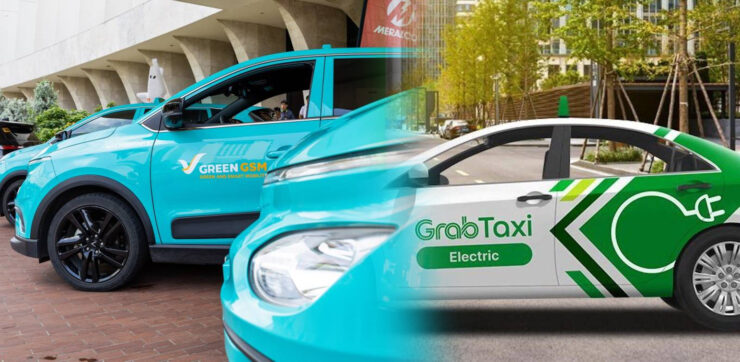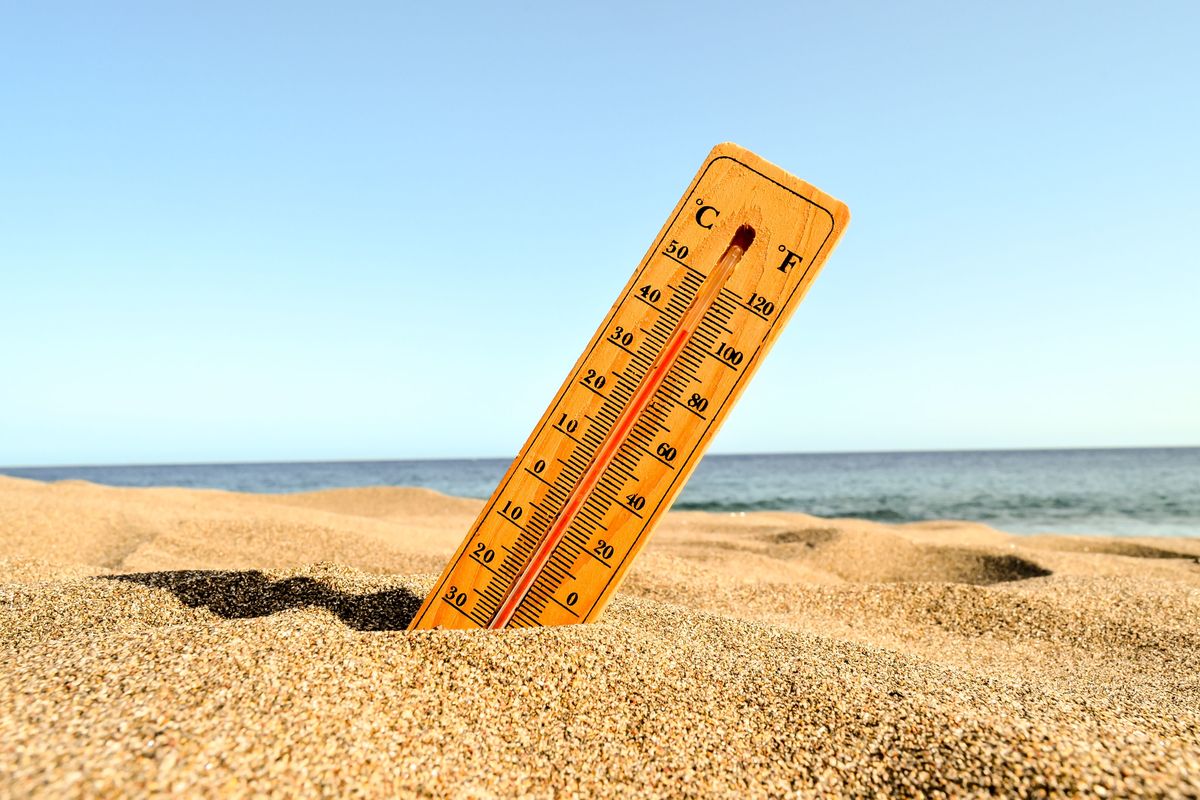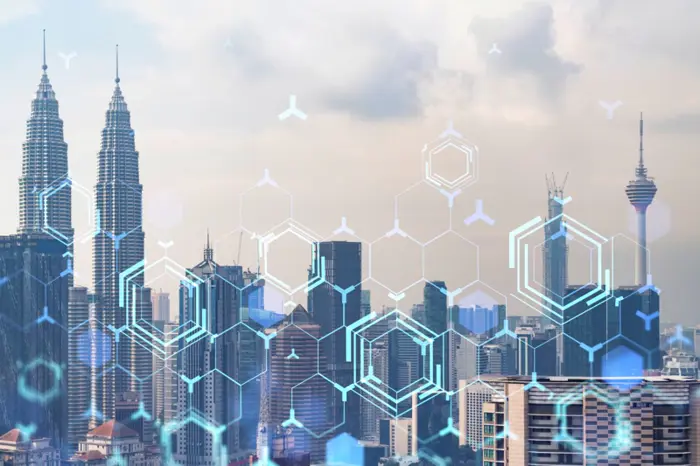While many island communities now have access to electricity, it often comes at a high, hidden cost—masked by public subsidies that are becoming increasingly unsustainable. Fuel delivery to these islands remains costly, logistically difficult, and vulnerable to disruptions.
Meanwhile, energy demand continues to grow, putting additional pressure on the system.
Without strategic action, President Marcos’ commitment to achieving 100-percent household electrification by 2028 risks slipping out of reach.
The Microgrid Systems Act (Republic Act No. 11646), passed in 2022, was a significant step forward. It created a framework for accelerating electrification in underserved and unserved areas through microgrids powered by renewable energy. However, more than two years into its implementation, it is clear that critical adjustments are needed to achieve the law’s transformative potential.
Diesel dependency
It is important to recognize why diesel generators have long been the backbone of off-grid energy systems across the Philippines. Diesel fuel is widely available, even in remote areas.
Diesel generators are compact—an essential advantage for rugged island terrains—and the country benefits from widespread technical know-how for their installation and maintenance. Diesel solutions also require a relatively low upfront investment, making them the default choice for decades.
However, today’s real challenge is not diesel availability—it’s diesel affordability and sustainability. Transporting diesel to remote islands is expensive, and global fuel price volatility makes budgeting difficult. Many of the current diesel generators currently in use are outdated and poorly maintained, leading to lower efficiency and higher operational costs.
While sustainability is an issue, the deeper, structural issue is financial: diesel generation in off-grid areas routinely exceeds P20 per kilowatt-hour in generation costs, compared to P7.00 per kilowatt-hour for on-grid areas like those served by Manila Electric Co. (Meralco).
All Filipino consumers currently cover the difference through the Universal Charge for Missionary Electrification (UCME)—but this subsidy system is being stretched to its breaking point. As energy demand rises, the cost of maintaining diesel-dependent systems will become even more unsustainable.




